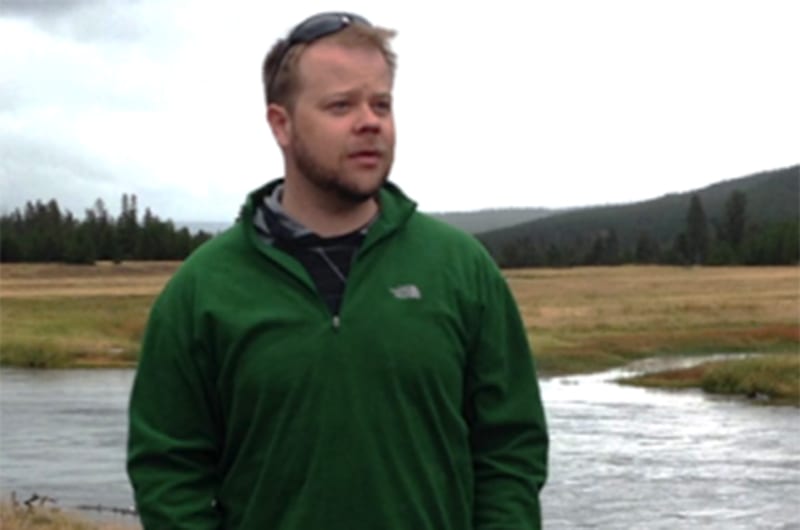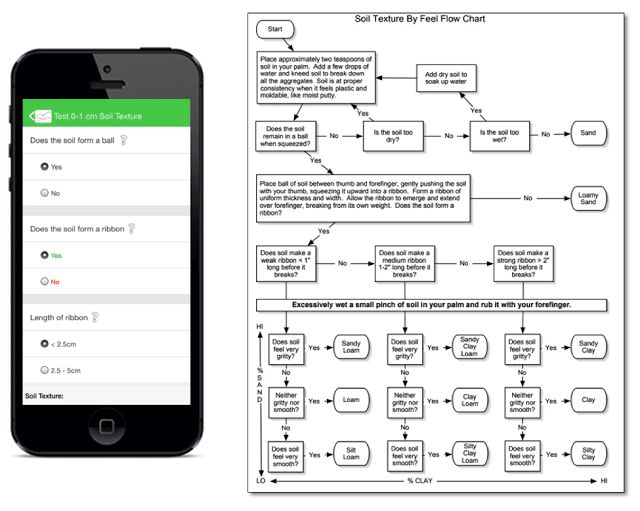LandPKS News & Updates
Our Blog

Land Potential and Soil Texture
Knowing your soil texture is critical for understanding your land’s potential.
The knowledge engine of LandPKS supports land use planning, land restoration, future agricultural scenarios, climate change adaption, and conservation programs. However, a critical first step in using our integrated suite of smartphone applications includes the evaluation of soil and vegetation properties. As soil serves as the media for growth for all kinds of plants, identification of soil properties is vital for land managers, policy makers, and researchers in order for them to assess land potential.

Soil texture is considered one of the soil’s most important properties, influencing nearly all soil processes and functions. Soil texture is defined by the relative fractions of sand, silt, and clay-sized particles in a soil sample. Soil is often divided into 12 soil texture classes, allowing for communication of soil type amongst land resource specialists. Each particle type has benefits to plant growth, yet sometimes can be unfavorable when only one soil class (all sand, for example) makes up the majority of the soil sample. For example, clay holds water well and is usually fertile. However, clays swell when they get wet (limiting the water available to plant roots), and harden when dry (becoming difficult to manage). Deep sands drain easily and do not hold water effectively. Silt-sized grains retain water and nutrients, but can easily become water-logged and prevent movement of water, air, and roots throughout the soil profile. While most soil types can be managed, often Loam is considered the most desirable for plant growth because Loam contains equal parts of sand, silt, and clay. Different particle sizes allow for air, water, and roots to easily move through the soil, with Loam having enough sand to drain well, yet also enough clay and silt to hold onto water and nutrients.

Soil texture flow chart
The LandInfo module of LandPKS walks users through estimation of texture by probing and working the soil. Users are asked to take a sample and test it for grittiness (sand), smoothness (silt), and stickiness (clay). Currently, the LandInfo module streamlines steps from a soil texture-by-feel flow chart which tests the relative fraction of sand, silt, and clay. However, through feedback from our trainings we have learned that often the user questions accuracy of their own texture-by-feel estimates. Our next steps to help address this issue include: (1) evaluating the accuracy of these texture-by-feel estimates, and (2) improving our decision support tools to allow users additional manipulative tests shown to differentiate between texture classes. Look for the results of these steps in the near future!

Shawn Salley
Mobile App | Data Portal | Knowledge Hub | Habitat Hub | Learning Collections | Blog | About | Contact | Support



